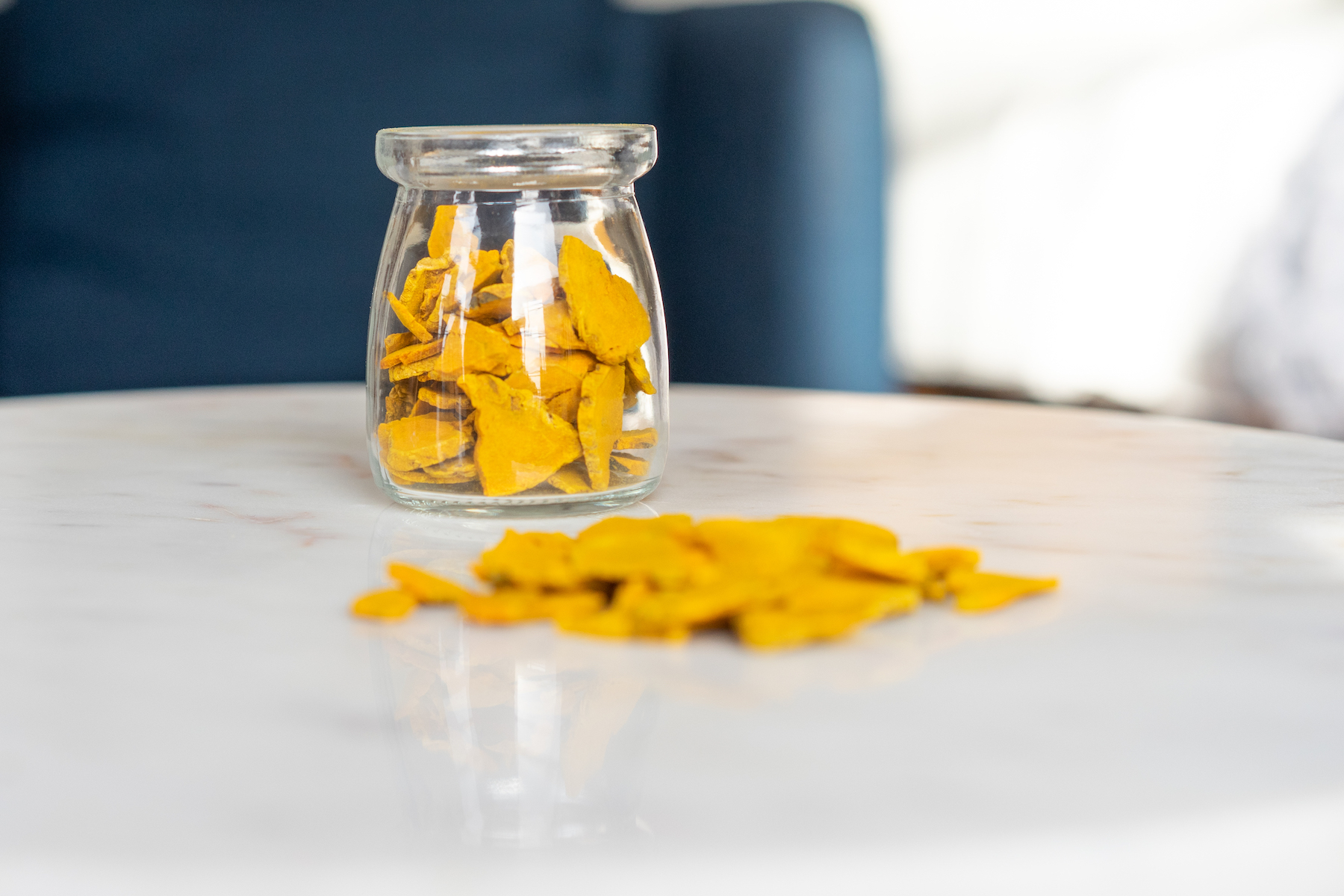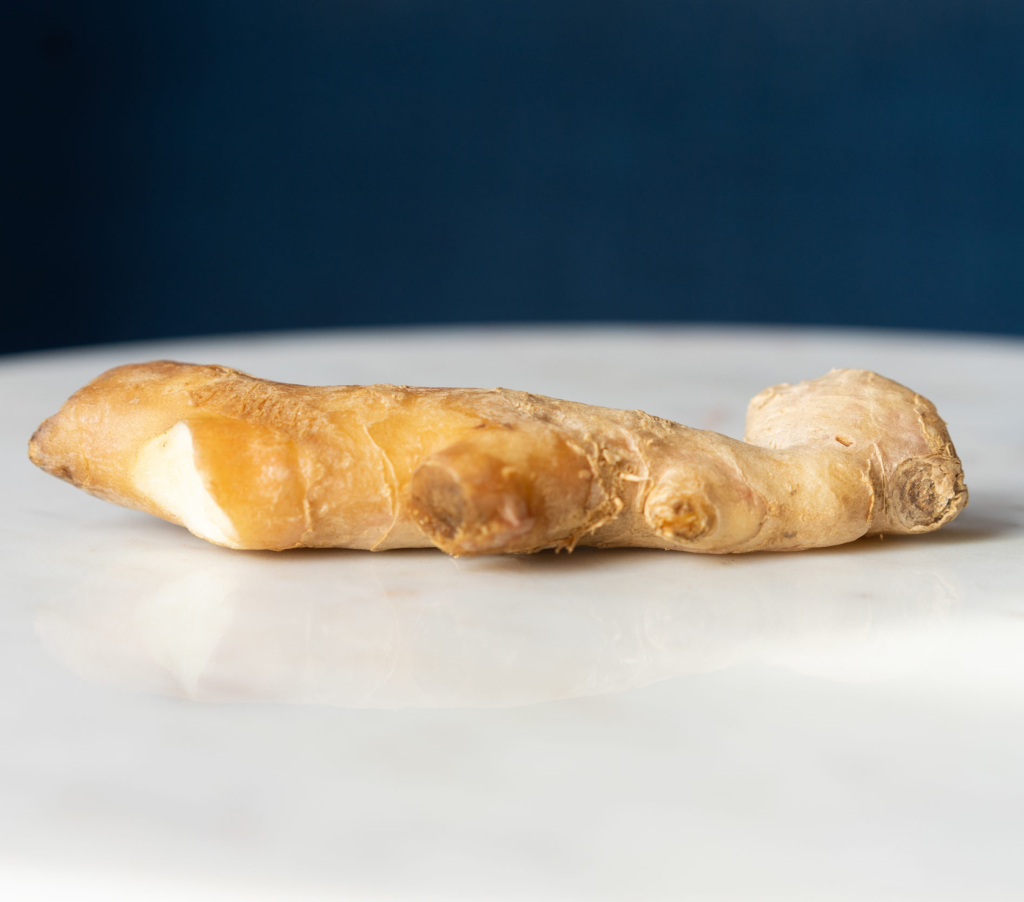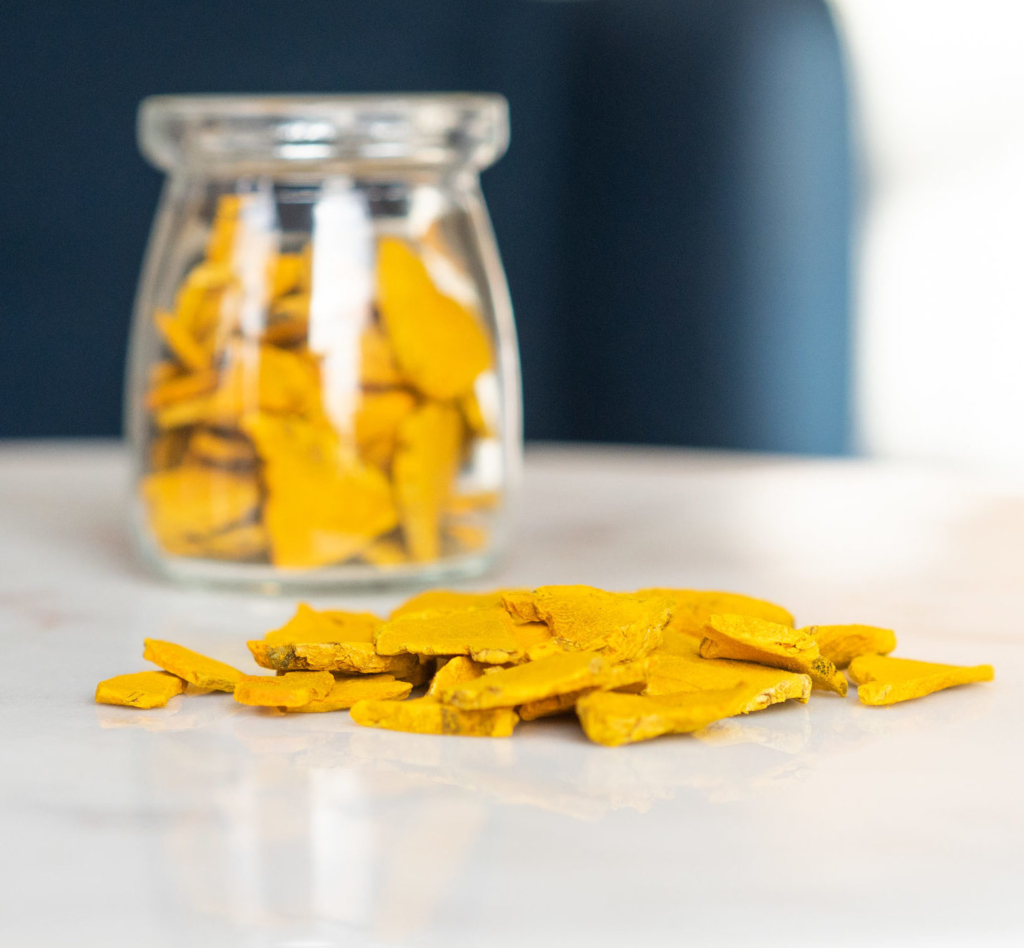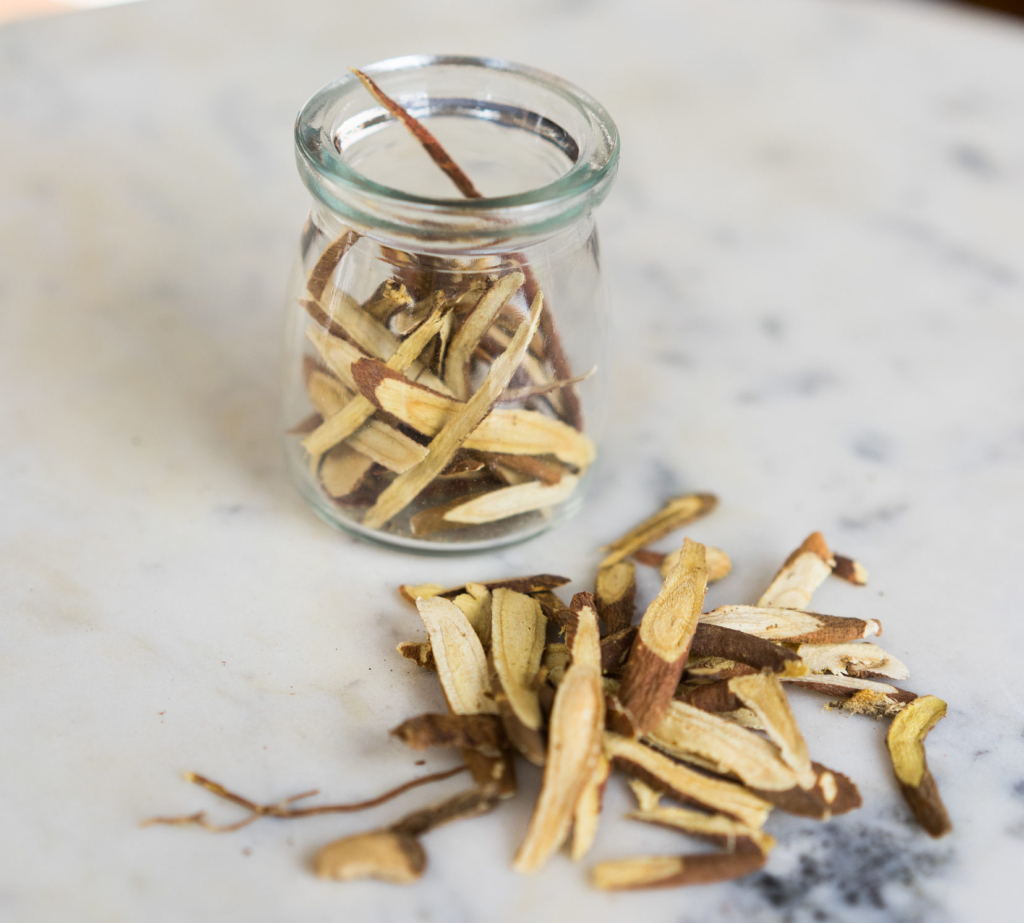3 EAST ASIAN HERBS YOU ALREADY HAVE IN YOUR PANTRY (AND 3 YOU NEED TO GET ASAP)
Feeling Ill? The Remedy May Be In Your Kitchen

In the West, we often think of food as fuel. It’s meant to power us up and give us the strength and energy to get everything on our to-do list done. But in Eastern traditions, food is much more than fuel–it’s also medicine. By eating the right ingredients and herbs, we can either heal or hurt our bodies.
That’s because, according to Traditional Chinese Medicine (TCM), our bodies have a life force called Qi inside of us. Some of this Qi is made up on Yin energy, and the rest is made up of Yang energy. Everything in the world has Yin and Yang in it, including food. The food we eat can raise or lower our levels of Yin and Yang. In TCM, finding the right balance of Qi, Yin, and Yang will ensure your health and happiness. That’s why food is so important!
If you’re new to Eastern medicine and traditional Chinese therapy, you might think that the herbs and ingredients used in TCM are weird, unfamiliar, and hard to find in your local supermarket. And for some ingredients, you’d absolutely be right! But a lot of people would be surprised to know that many herbs and ingredients from TCM are probably already in their pantry, let alone their grocery store!
Today, we’re going to talk about 3 TCM herbs you probably already have in your pantry and how to use them to feel better. Plus, we’re going to introduce you to some herbs you’ve probably never heard of that are worth the trip to a specialty grocery store.
3 Eastern Herbs You Already Have In Your Pantry
Ginger

Ginger is a very popular ingredient in traditional Chinese Medicine and East Asian cooking in general. It’s a warm, spicy root that gives off a delicious flavor and bright scent. In Traditional Chinese medicine, ginger is often used to help with digestion and prevent nausea. That’s why your mom gave you Ginger Ale when you were a kid and had an upset stomach.
You can buy ginger root whole and then peel and slice it to use in your cooking. Powdered ginger is energetically warmer than the fresh stuff, while Japanese pickled sushi ginger is quite edible. Some stores even sell frozen minced ginger to save you some time.
Cloves
If you’re into baking, you might have clove in your spice rack already. But if you don’t, it’s time to add this nutty, warm spice to your pantry.
Cloves are the flower buds of a tree called Syzygium aromaticum which look kind of like a Christmas tree. Before they end up in your pantry, the clove buds are dried, and you can buy them whole or ground up. In TCM, cloves are thought to have warming properties and help dispel any cold in the Spleen, Stomach, and Kidneys. They’re often used to treat digestive problems like nausea, diarrhea, and lack of appetite.
Clove oil is also a powerful medicine because it’s antibacterial, antifungal, and antiviral. Some people even use diluted clove oil as a mouthwash!
Turmeric

Turmeric
Turmeric is a beautiful yellowish-orange spice that adds color, flavor, and a healthy boost to many of your favorite Indian dishes and curries. It’s super popular in the East because it does double duty as both spice and medicine.
In TCM, turmeric is thought to be good for invigorating the blood and boosting circulation, so practitioners often use if for people with heart or menstruation problems. It’s a warming food so it’s chock-full of Yang energy, and its bitter flavor makes it a great detoxer.
Western studies have shown that turmeric is very high in antioxidants and helps to naturally reduce any inflammation in your body. There’s even evidence that turmeric can help prevent heart disease, Alzheimer’s and cancer, so make sure to grab some of your next grocery run.
3 Eastern Herbs To Add To Your Pantry ASAP
Astragalus
 If you’re new to TCM herbs, you may not have heard of Astragalus, also known as huang qi, or “yellow leader.” It earned this name from both its cream color and its importance in Traditional Chinese Medicine, where the herb is used to treat everything from night sweats to diarrhea.The herb is an adaptogen, so it is considered nontoxic in normal doses.
If you’re new to TCM herbs, you may not have heard of Astragalus, also known as huang qi, or “yellow leader.” It earned this name from both its cream color and its importance in Traditional Chinese Medicine, where the herb is used to treat everything from night sweats to diarrhea.The herb is an adaptogen, so it is considered nontoxic in normal doses.
TCM practitioners love Astragalus because it’s meant to help support your immune system, protect your heart from diseases and disorders. In the West, not many human studies have been done on this root, but there is evidence that it could help treat the common cold, seasonal allergies, heart conditions, kidney disease, chronic fatigue and more.
Astragalus has a pleasant, neutral flavor and is perfect for adding to soup and homemade broths. Just remember to remove the root from the broth before you eat, like bay leaves. And as always, make sure to talk to your TCM practitioner or doctor before taking Astragalus to make sure it’s a good fit for you.
Ginseng
Like Astragalus, Ginseng is another TCM superstar herb to add to your pantry. Ginseng is a root that can boost energy and support your immune system. It’s commonly found in teas, but you can buy it on its own, as well.
According to the ancient TCM text, Shennong Bencao Jing, Ginseng nourishes the Spleen, Lung, Heart, Kidney, and Liver. It can also help calm racing pulses and clear a fuzzy mind. Eastern medicine practitioners say Ginseng will help you live a long life if you take it regularly.
In the West, studies have shown that Ginseng is an adaptogen that can help prevent cancer, lower blood sugar, boost energy levels, and help the immune system. You can eat Ginseng raw, stew it in water to make tea, or add it to your soup broths.
Licorice Root

Licorice | Gān Cǎo
Did you know that licorice root is good for more than just flavoring candy? Licorice root has been used in TCM therapy for centuries, thanks to its antiviral, antibacterial, and antifungal properties. In fact, it’s so popular that it’s used in almost half of all Chinese herbal prescriptions. That’s because it’s known as a “guide” herb which helps harmonize the power of other herbs.
In Western medicine, licorice is used to help treat heartburn, coughs, and infections. Licorice tea is thought to help sore throats, and its even used topically on the skin to help with things like acne and eczema.
You can find licorice root in capsules, powders, gels, and teas, with most using the root to make candy, stews, and pot roasts.
When you prepare it thoughtfully, food can be medicine just as much as prescription drugs. And the best part about TCM herbs is that many of them are already in your spice rack! But if you’re looking to expand out into some more adventurous TCM herbs, these 3 are great places to start. You can buy them online or head over to your local Asian grocery store to stock up your pantry.
Newer
The Best Night Time Routine For Rest + Beauty, According To Eastern Medicine
Older
Can Eastern Medicine Practices Help Me with My Memory?
Comments (0)
Leave a reply
You must be logged in to post a comment.




